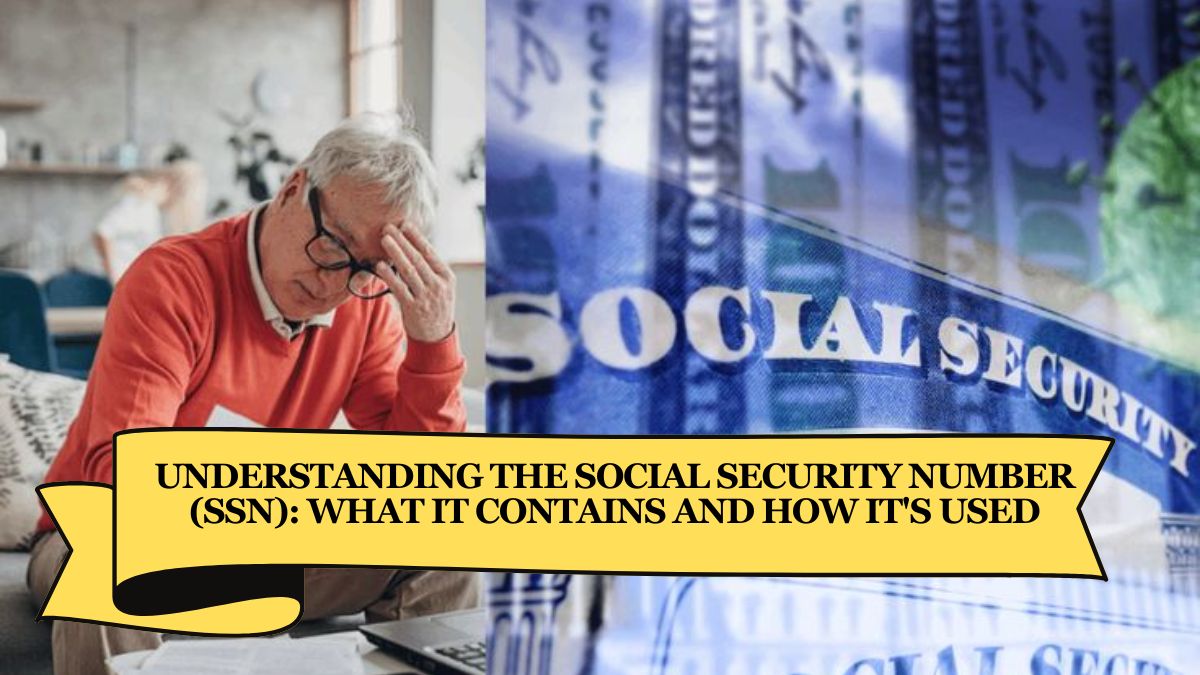The Social Security Number (SSN) is a vital identification tool used in the United States. It was created to help manage workers’ earnings and Social Security benefits. Over time, the SSN has grown to play a much larger role in identifying individuals for many purposes, such as credit checks, taxes, and employment. Let’s dive deeper into what an SSN is, how it works, and why it is so important in today’s world.
What is a Social Security Number (SSN)?
The Social Security Number is a nine-digit number that is assigned to U.S. residents. Initially introduced in 1936 as part of the New Deal’s Social Security Program, the SSN was designed to track workers’ earnings and benefits. Today, it serves as a primary identification number for many administrative tasks, including filing taxes, applying for jobs, and checking credit scores.
The Structure of the SSN
The SSN is broken into three parts:
- Area Number (First Three Digits)
- Group Number (Middle Two Digits)
- Serial Number (Last Four Digits)
These three sections together form the unique nine-digit number that is assigned to individuals. Let’s break each part down in more detail.
Area Number: What Does It Tell Us?
The first three digits of the SSN are called the Area Number. Originally, these digits were used to identify the geographical region where the SSN was issued. For example, people living on the East Coast would have a lower Area Number, while those on the West Coast would have a higher number.
However, this system changed in 2011 when the SSN randomization process was introduced. Now, SSNs are randomly assigned, which makes it harder to determine where the number was issued, adding an extra layer of security.
Group Number: How Does It Help?
The next two digits are called the Group Number. These numbers help break up the Area Number into smaller blocks. This system ensures that the SSN numbers are issued evenly across regions. Without the Group Number, there might be too many numbers issued in one area and not enough in another. The Group Number is mainly administrative but is essential in maintaining the order of the SSN system.
Serial Number: The Final Four Digits
The last four digits of the SSN are called the Serial Number. These numbers are assigned in a sequence within each group. This sequence prevents duplicate numbers from being given to two different people. While these digits don’t hold personal meaning, they play an important role in making sure every SSN is unique.
Why the SSN is Important in Today’s World
The SSN is more than just a way to track earnings and Social Security benefits. Today, it is required for a variety of activities, including:
- Employment: Employers use SSNs to report salaries and tax information.
- Credit Checks: Lenders use SSNs to check your credit history when you apply for a loan or credit card.
- Taxes: The Internal Revenue Service (IRS) uses SSNs to track and collect tax information.
- Identity Verification: Banks, government agencies, and other organizations often require an SSN to verify your identity.
The Security Risks of SSNs
While the SSN is important for many functions, it also poses significant privacy and security risks. Identity theft is a growing concern, and one of the most common ways criminals steal identities is by using stolen SSNs. Since SSNs are often printed on important documents and forms, they can easily be copied and misused.
This is why it is crucial to protect your SSN and only share it when absolutely necessary. Be cautious about where you store your SSN and who you give it to. With the rise of digital data theft, it is important to take extra steps to safeguard your personal information.
In conclusion, the Social Security Number plays a critical role in identifying U.S. residents and is essential for many functions such as taxes, employment, and credit checks. Its unique nine-digit structure, consisting of the Area Number, Group Number, and Serial Number, makes it easy to track individuals. However, the widespread use of SSNs has raised concerns about privacy and security, making it important to protect your SSN from theft and misuse. The introduction of SSN randomization in 2011 has helped make the system more secure, but individuals must remain vigilant and protect their personal information.
You Must Visit:- California State Online

